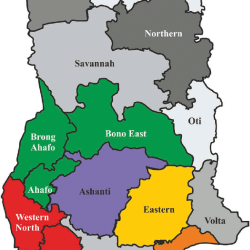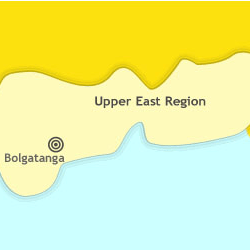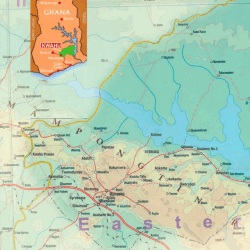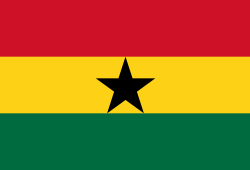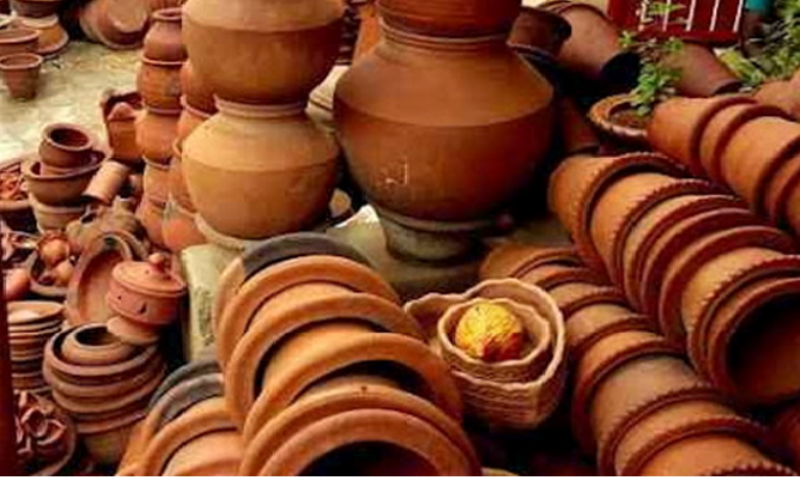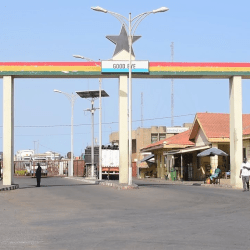The baskets in Ghana, known internationally as Bolga baskets, are exclusively woven by the indigenous people of Bolgatanga, a historical town in Northern Ghana. Bolgatanga literally translates to “soft soil, rocky land.” Bolgatanga, colloquially known as Bolga, is the capital of Ghana’s Upper East Region, with a population of approximately 50,000 people.
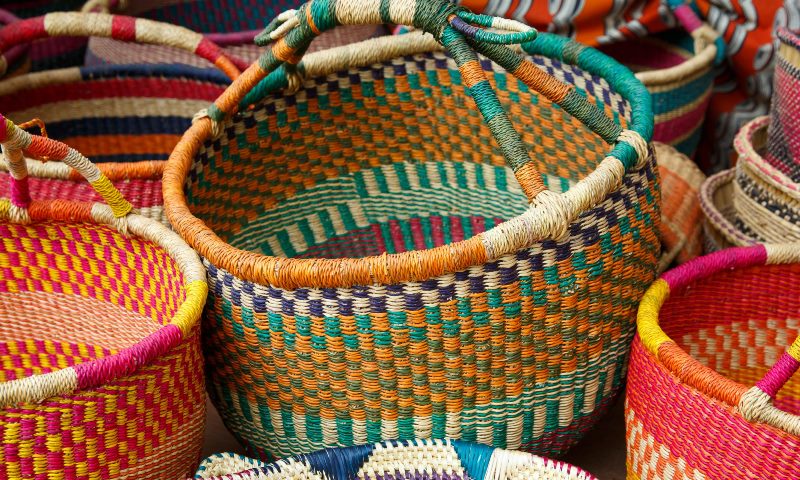
It is the main town between Tamale (161 kilometers to the south) and the Burkina Faso border (45 kilometers to the north). The border with Togo is about 30 kilometers to the east. It is also the primary settlement of the Frafra people.

These authentic Bolga baskets are handwoven by the indigenous Gurune (also known as Frafra) people in the Bolgatanga region of Northern Ghana. Bolga is Northern Ghana’s craft center. Weaving has been a traditional art of the people there for generation to generation.
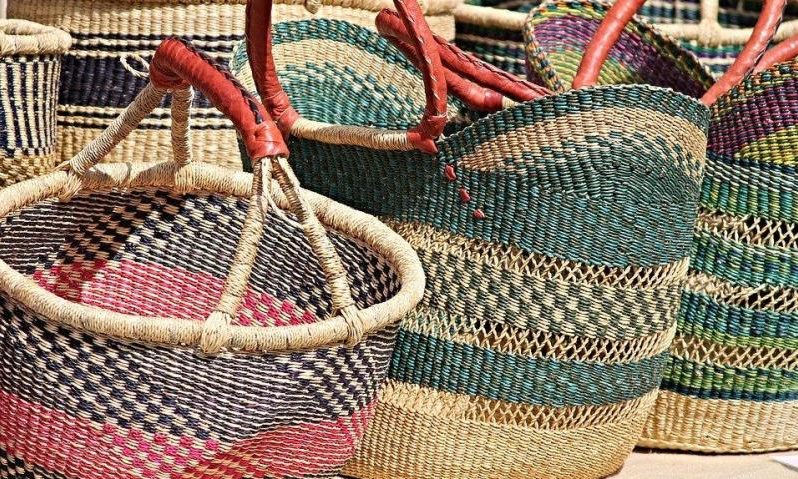
Bolga baskets are made of elephant grass, also known as “Veta Vera” Grass. This untamed and adaptable grass is harvested in the forests surrounding Kumasi, 500 kilometers south of Bolgatanga.
They are dried for a few days before being sold in regular length bundles. In general, basket making entails carefully weaving strands of fiber over and under each other to form a round shape. A simple coil basket begins with a thick piece of fiber that is shaped into a basic coil before being woven with a thinner, more flexible fiber. Wicker/cane baskets are trickier to master.

Bolga baskets were traditionally used as colanders or strainers to separate millet (a type of cereal crop) and water from millet waste. Today, buyers who appreciate the time and skill that goes into these colorful, hand-woven baskets are in high demand.
Aside from Bolga, basketry/baskets can be found in other towns in Ghana.
In Ghana, places, where baskets are exhibited or sold, are the cultural centers in a number of regions in Ghana. There are other private shops that also sell these.

